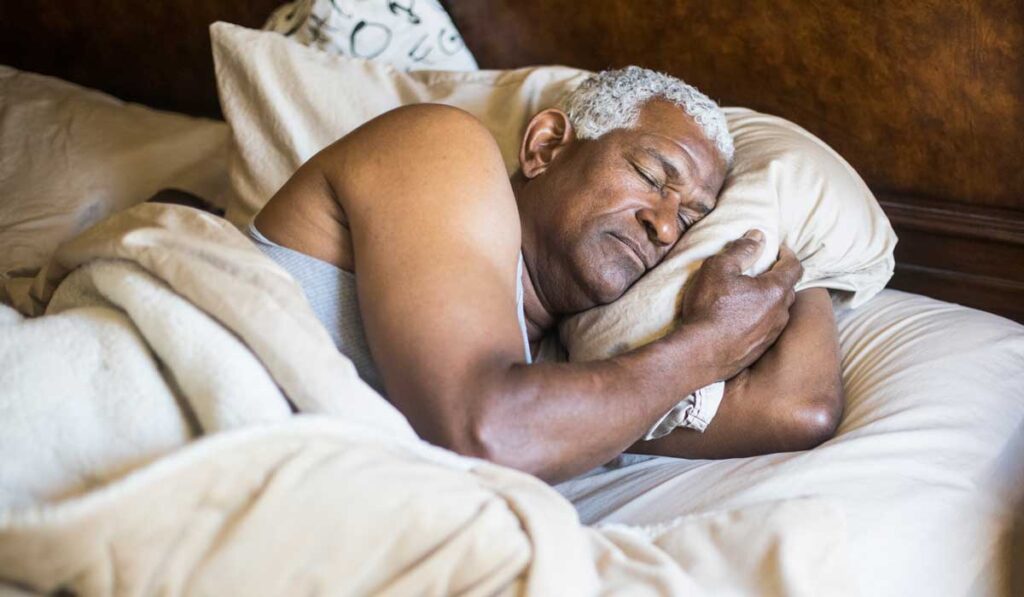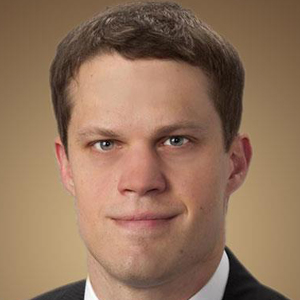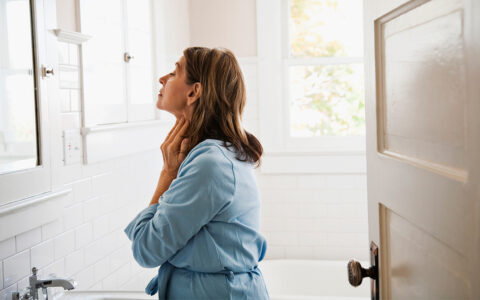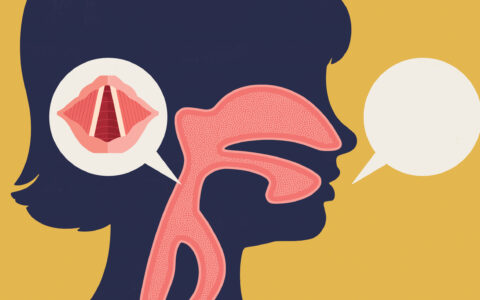Because the airway is so functionally complex, every obstructive sleep apnea (OSA) case is its own unique puzzle to solve, requiring a variety of treatment options to address a broad array of anatomical features, medical histories and patient preferences.
At Vanderbilt University Medical Center, David Kent, M.D., director of sleep surgery in the Department of Otolaryngology-Head and Neck Surgery, is leading new research to explore options beyond the oral appliances, invasive surgeries and other solutions now available.
“Many of the therapies that we have for sleep apnea are either not effective enough or are too invasive,” he said. “I see room for improvements and an expansion of treatment options.”
Neurostimulation Proves Promising
Kent is first author on a pilot study published in CHEST® that examined electrical stimulation of the ansa cervicalis nerve plexus to open the airway in people with OSA. Hypoglossal nerve stimulation (HNS) implants were FDA-approved to treat OSA in 2014, but ansa cervicalis stimulation (ACS) represents a novel approach.
When ACS was used in the pilot study, Kent and colleagues found a substantial increase in mean maximum inspiratory airflow (VImax). Used in tandem with HNS, study participants had even higher VImax values than with either treatment alone.
“There seems to be a synergy between the two that increases airway patency,” Kent said. “We hope that ACS may help improve treatment for patients who already qualify for HNS, but the even bigger value will be if it helps patients who fail to benefit from HNS.”
From CPAP to Implants
Kent lauds the efficacy of continuous positive airway pressure (CPAP) devices, but says only about half of patients are adherent to their CPAP regimen. Other patients find success with oral appliances or lifestyle changes, such as weight loss. For the remainder, invasive surgeries involving tissue removal and/or facial skeleton remodeling have been, until recently, the only other viable pathways to relief.
“ACS may help improve treatment for patients who already qualify for HNS, but the even bigger value will be if it helps patients who fail to benefit from HNS.”
Applying HNS via an implanted pacemaker-style device represents a new and attractive option for such patients, but it is not a panacea.
“HNS can move multiple levels of the airway forward to open it, but about a third of patients continue to experience airway collapse even after HNS is optimized,” Kent said. “That’s what led us on this search to look for other potential treatment options – what else in the airway can we get out of the way?”
A Different Way to Maintain the Airway
Kent hypothesized that a solution might lie in the body’s own natural airway support mechanisms.
“When the lungs are filled, the airway is stretched on its long axis, and it becomes less collapsible. The infrahyoid strap muscles connecting the hyoid bone and larynx to the chest also stretch the airway downwards. These muscles are innervated by the ansa cervicalis.”
“Pulling down on the airway with ACS appears to have a tightening effect on these tissues by pulling down on the palate, opening it the same way the body does naturally. This complements the forward thrust from HNS.”
Testing ACS
Kent and his team tested the impact of ACS and HNS separately, then in combination, on eight people with OSA undergoing drug-induced sleep endoscopy. They used fine-wire electrodes placed under ultrasound guidance to stimulate the medial branch of the right hypoglossal nerve and the branch of the ansa cervicalis to the sternothyroid muscle.
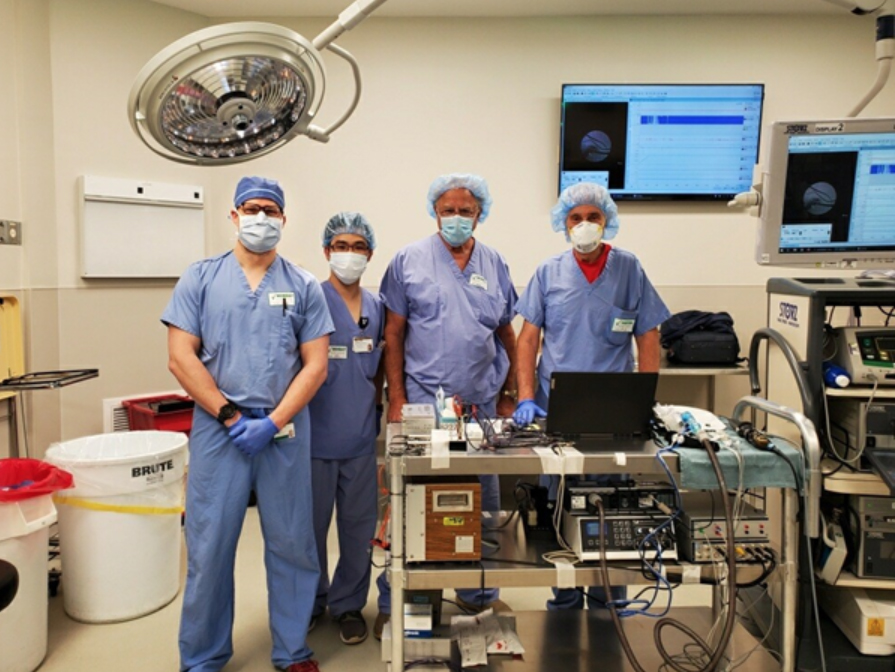
Separately, ACS and HNS treatments increased mean VImax from baseline by 298 and 285 percent, respectively, compared with unstimulated breaths. Combining the two stimulation treatments increased mean VImax by another 151 percent.
“Our findings suggest that ACS exerts caudal traction on the upper airway through sternothyroid muscle contraction, augmenting HNS efficacy in patients with OSA,“ Kent said.
Device Development Plans
Based on this research, Vanderbilt has licensed development of an implantable ACS device to Belgian medical device manufacturer Nyxoah. In the meantime, Kent is continuing to evaluate the physiologic effects of ACS through a newly funded NIH R01 award.
“We need to test how unilateral and bilateral ACS separately affect overall sleep apnea severity. That’s one of the goals of our R01.”
